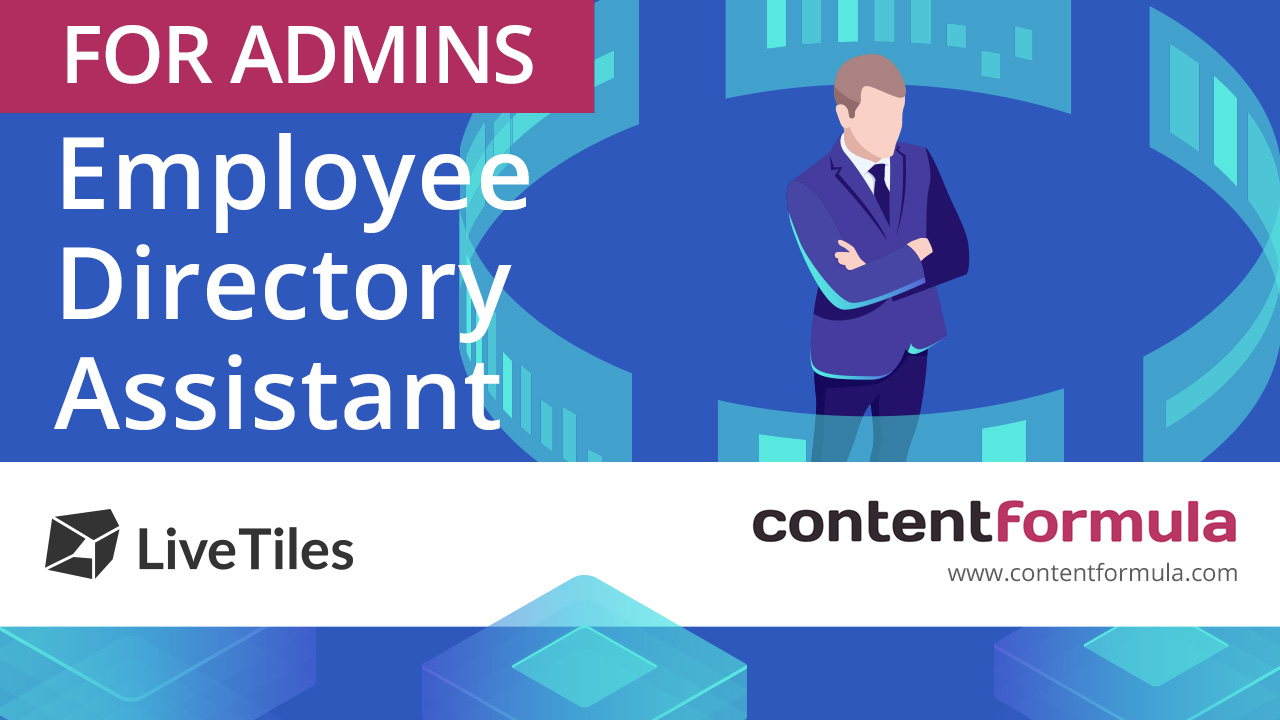
What is Power BI and how can I use it?
How to create business dashboards reporting in SharePoint using PowerBI.

How to create business dashboards reporting in SharePoint using PowerBI.
In this article were going to explore why Office 365 and more specifically SharePoint Online is an excellent base technology for an intranet.
Webinar on how to create the ONE corporate dashboard in MS Teams to navigate the digital workplace.
We are pleased to announce that the Wizdom Intelligent Intranet by LiveTiles has emerged as the market leader in the Clearbox SharePoint Intranet 2020 report, scoring consistently well across all assessment criteria.
Have you missed our webinar on 3 classic mistakes to avoid when deploying MS Teams? Watch the video.
Book in a live demo with us to discuss your project and find out more about our services, solutions and how we can add value to your digital workplace. Simply fill out the form and pick a time and date in our calendar.
Alternatively, if you have a question and would like more information about Content Formula, please visit our contact us page.
We look forward to meeting you.
We use cookies to give you the best experience on our site. By continuing to use our website, you are agreeing to our use of cookies. To find more about the cookies, please see our cookie notice.
You can also read our privacy policy.